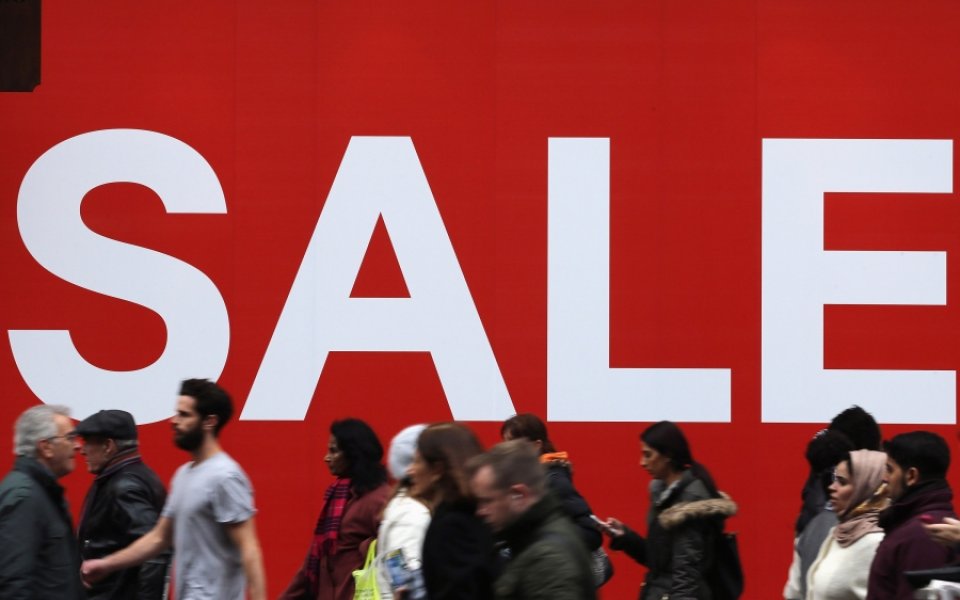Lies, damned lies, and statistics: ONS’ retail sales are, at best, a partial truth and, at worst, misleading

There are lies, damned lies, and statistics.
Nowhere is this truer than in the retail sales numbers reported each month by the ONS. The official statistics body for the UK is nothing if not thorough. Each month it presents more than 300 variants of the numbers, each using a different measure or examining a particular part of retail.
While such a comprehensive compilation of data is useful for economists and analysts, it is broadly unhelpful for anyone who wants to get a simple understanding of the direction of retail. This is especially so as the ONS tends to highlight different measures each month which, in turn, the media pick up and report.
June’s numbers, which were released today, are a case in point. The headline they have generated is that retail sales fell by 0.2 per cent in June. The headline is important, not least because it affects markets and it partly influences the confidence the public has in the economy – in this case negatively.
The trouble with the headline is that it is, at best, a partial truth and is, at worst, misleading. It is also confusing; especially given that it contradicts numbers out earlier this month from the British Retail Consortium, which showed strong sales growth in June.
So what did retail sales actually do in June? Well, they didn’t fall. The ONS number being widely reported is one that looks at the change in the amount of stuff we buy compared to the previous month. That is not a measure of the sales retailers made, it is a measure of the quantity of things they sold – an interesting, but entirely different metric.
The trouble with measuring quantity and looking at it in isolation is that it provides a very poor view of the true state of retail health. If a retailer sold 10 jumpers at £10 one month and then sold nine at £20 the next month, would it be logical to say that their sales had fallen and that their performance had worsened? Of course not. The same thing holds true for the wider economy.
The more sensible measure is to look at the value of spend compared to the same period last year. On this basis, when petrol and automotive is excluded, retail sales actually increased by 1.9 per cent in June. That’s a much more positive number and one that’s more aligned with the BRC and what retailers themselves have been reporting.
When it comes to our national statistics, gathering lots of numbers is important, but not half as important as interpreting and reporting them correctly. Alas, as the former U.S. Secretary of State Colin Powell once said: experts often possess more data than judgement.